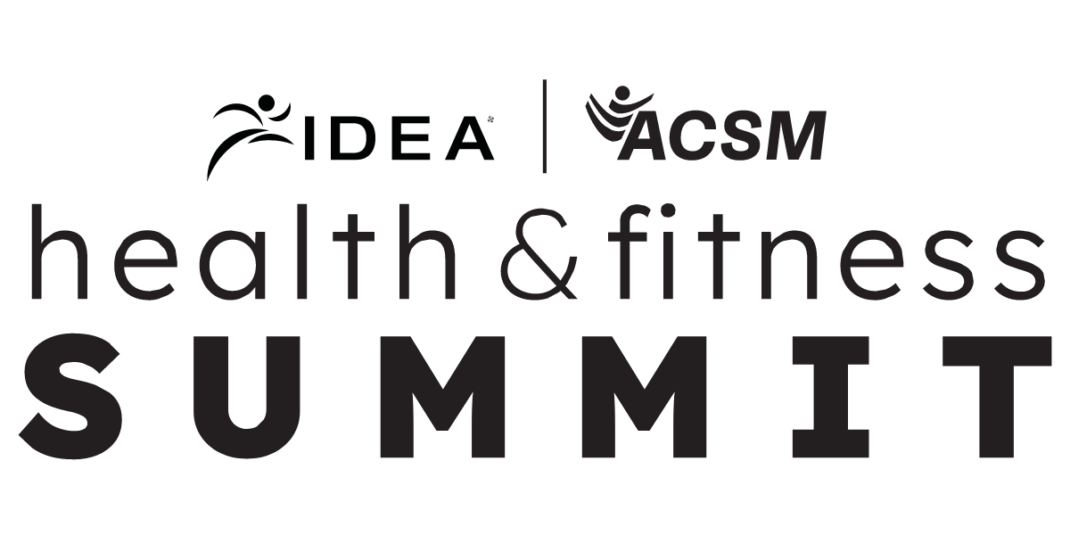Vitamin Shopping Tips
Taking a multivitamin
can help ensure that you are getting the recommended daily levels of vitamins and minerals. But not all multivitamins are created equal. Use the following tips, provided by Debra Wein, MS, RD, from her Web site, www.sensiblenutrition.com, to find the best multivitamin for you.
n No Need to Go Overboard. Be cautious about multivitamins that provide more than 100 percent of the Daily Values (DV) or the U.S. Recommended Dietary Allowances. You can get too much
of a good thing with certain vitamins.
For example, fat soluble vitamins (A, D, E, K) can be toxic when taken in large quantities.
n Be Wary of “Extras.” Some multivitamins add substances such as ginseng, alfalfa, cayenne, coenzyme Q-10 and bee pollen. There is little scientific evidence to support their use.
n Look for Milligrams Not Micrograms. Some manufacturers will list their ingredients in micrograms—a smaller unit of measure than milligrams—to make it seem as if they are providing a larger amount of an ingredient.
n Understand What “High-Potency” Means. High-potency means only that the vitamin contains at least 100 percent of the DVs for at least two-thirds of the total ingredients.
n Don’t Get Suckered by “Specialized” Formulas. Supplements are not regulated. Thus, be wary of specialized formulas, such as those marketed to seniors or women. Some manufacturers, sometimes in error, decide which vitamins and minerals are best suited for a particular population.
n If It Sounds Too Good to be True . . . Claims about how an ingredient can affect the structure or function of the body are often followed by a disclaimer that notes that the Food and Drug Administration (FDA) has not evaluated the statements made on the label. In other words, the FDA has not verified that what the manufacturer says is true. l
IDEA PERSONAL Trainer april 2002




